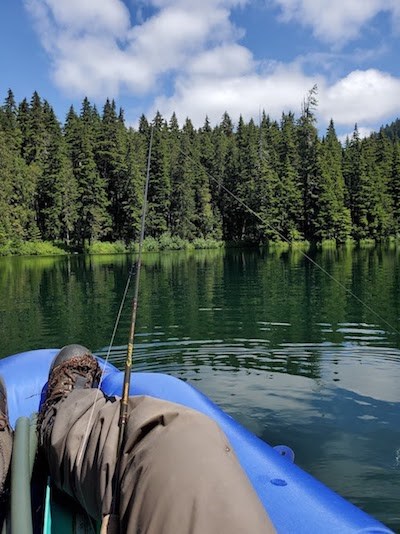
NPS Photo FishingMount Rainier National Park is dedicated to the conservation of native fish species and healthy aquatic ecosystems while providing recreational opportunities for the public’s enjoyment. Fishing regulations are put in place to protect and conserve the native fish populations. Take some time to explore, learn what the park has to offer, and learn your responsibilities before casting a line or flicking a fly into the water. Regulations PamphletKnow your options! The Mount Rainier National Park Fish Regulations Pamphlet has detailed fishing information. LicensesA state fishing license is not required; however, a Washington State catch record card is REQUIRED to fish for salmon and steelhead. Fishing RegulationsFishing is defined as any activity using a rod or line for the purpose of attracting, catching, or possessing fish. There are three levels of regulations to be familiar with: Parkwide, Stream and Lake fishing regulations. 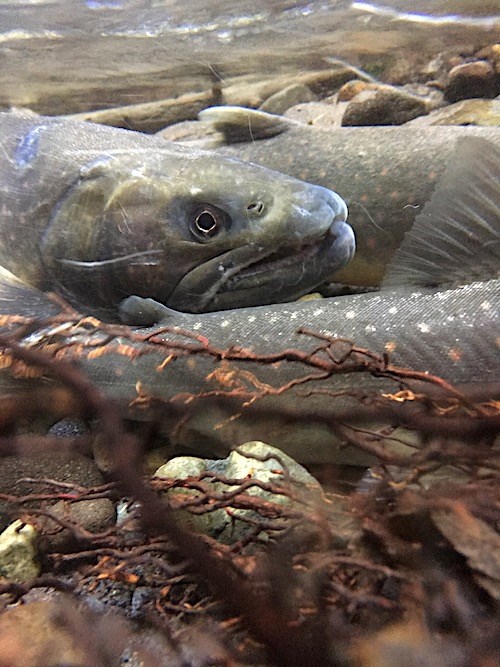
NPS Photo Parkwide RegulationsThe following are parkwide regulations that need to be kept in mind throughout the park while fishing.
RetentionWhen retaining fish, the skin needs to remain intact for species identification. See stream regulations and lake regulations for area specific retention regulations.
Legal GearLegal gear can vary depending on the body of water, but it is important to keep the following regulations in mind throughout the park.
BaitBait is defined as any substance which attracts fish by scent or flavor and can be defined as either artificial or natural. Use of bait often results in a deeply ingested hook and can increase mortality upon removal.
Stream RegulationsA stream is defined as any body of moving water (such as a river or creek) and the following regulations apply to streams. SeasonThere are two fishing seasons within Mount Rainier National Park. The fishing season closes earlier in the year in watersheds with Endangered Species Act (ESA) listed species to protect them while they are spawning. Please refer to the Fishing Regulations Map below for further guidance.
Waters Closed to FishingThe following streams are closed to fishing to protect water supplies:
This stream is closed to fishing to protect ESA threatened bull trout:
RetentionThe following retention regulations are to be followed for all park streams:
Legal Gear
Method
Lake RegulationsA lake is defined as a standing body of water surrounded by land and distinct from its inlet or outlet streams. Waters Closed to FishingAll lakes are open year-round except listed below. The following lakes are closed to protect sensitive riparian vegetation:
The following lakes are closed to protect water supplies:
RetentionThere are no daily or annual catch limits for fish caught in lakes. Legal Gear
Method

NPS Graphic Fish Consumption Advisory in National Park WatersThe Environmental Protection Agency, states, territories, and tribes provide advice on fish and shellfish caught in the waters in their jurisdiction to help people make informed decisions about eating fish. Advisories are recommendations to limit your consumption of, or avoid eating entirely, certain species of fish or shellfish from specific bodies of water due to chemical or biological contamination. 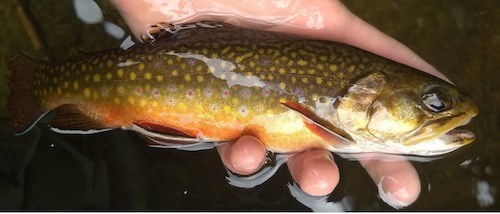
NPS Photo Mount Rainier National Park Fish Consumption AdvisoryPast studies have found elevated levels of mercury exceeding health thresholds for fish, birds, and humans in some fish sampled from select lakes in Mount Rainier National Park. However, the majority of fish sampled in the park had concentrations below established human health thresholds. As of 2019, the Washington State Department of Health has not recommended a fish consumption advisory for Mount Rainier National Park. The possibility of catching highly contaminated fish in the park is likely low, but each person should make their own decision about eating fish that were caught in Mount Rainier National Park. Help Conserve Native Fish! Fish ObservationYou can help us monitor and manage our fish populations within the park. Harvest of fish populations and effects of non-native species on native species are also a concern for park managers. If you think you've spotted a fish or caught one while in the park, please fill out this observation form. This video provides more detailed instructions on how to submit your observation. 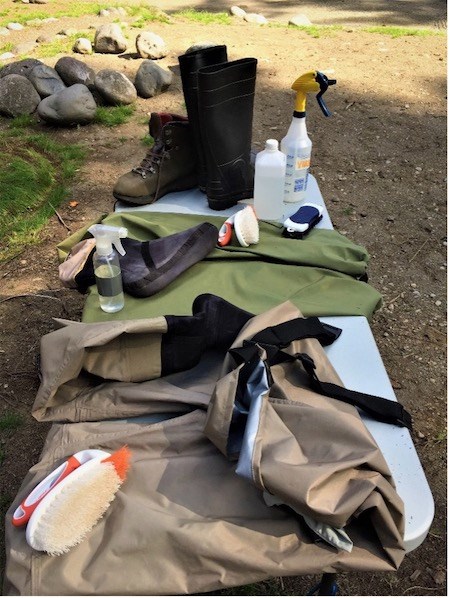
NPS Photo Aquatic Invasive SpeciesAquatic invasive species (AIS) are waterborne, non-native organisms that out-compete native organisms, introduce diseases or parasites, or adversely change the aquatic ecosystem. Humans unwittingly assist the spread of these organisms by transferring them from one body of water to another on footwear, waders, nets, watercraft, and other equipment. Some AIS concerns within the park include the following:
You can help prevent the spread of AIS by following these guidelines before fishing at Mount Rainier National Park:
To learn more on helping prevent the spread of Aquatic Invasive Species. Overnight Fishing TripsAnglers making overnight trips into the backcountry must have a wilderness camping permit. These permits can be obtained at any ranger station or wilderness information center, though it is recommended to make a wilderness permit reservation to secure a campsite. 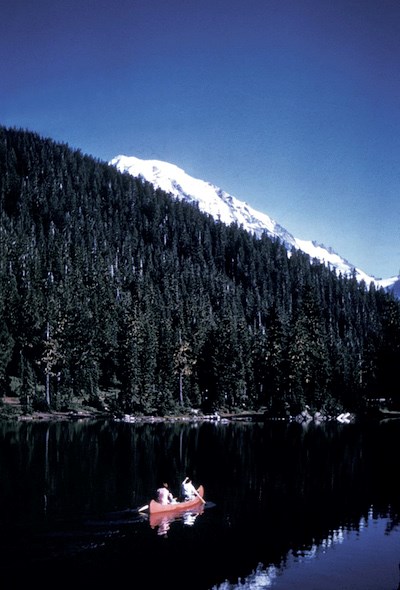
NPS Photo BoatingMotorized boating is prohibited in the park.
Mowich Lake, pictured, is one of the park lakes that allows non-motorized boating and is accessible by road. Fishing Laws & Policies
Fishing Throughout the National Park ServiceWe invite you to visit the Fish and Fishing website for more information about fish and fishing in the National Park Service. You will learn about conservation, different fish species, and parks that offer fishing. 
Fish
Learn more about the fish species of Mount Rainier National Park. 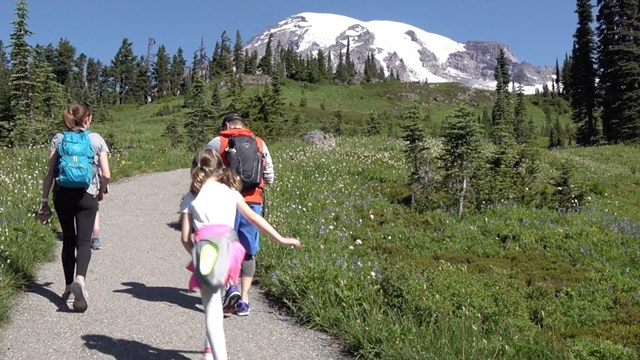
Day Hiking
From short family-friendly nature trails to mid-length trails, the park has a variety of options for day hiking. 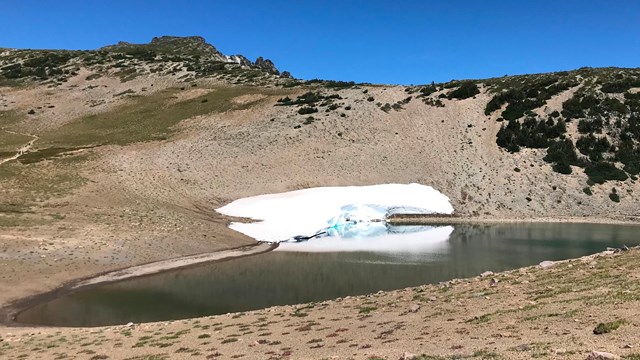
Water Conservation
The park's limited water supply primarily depends on streams and lakes fed by snowmelt and perennial snowfields. Please help conserve water! |
Last updated: March 11, 2025
